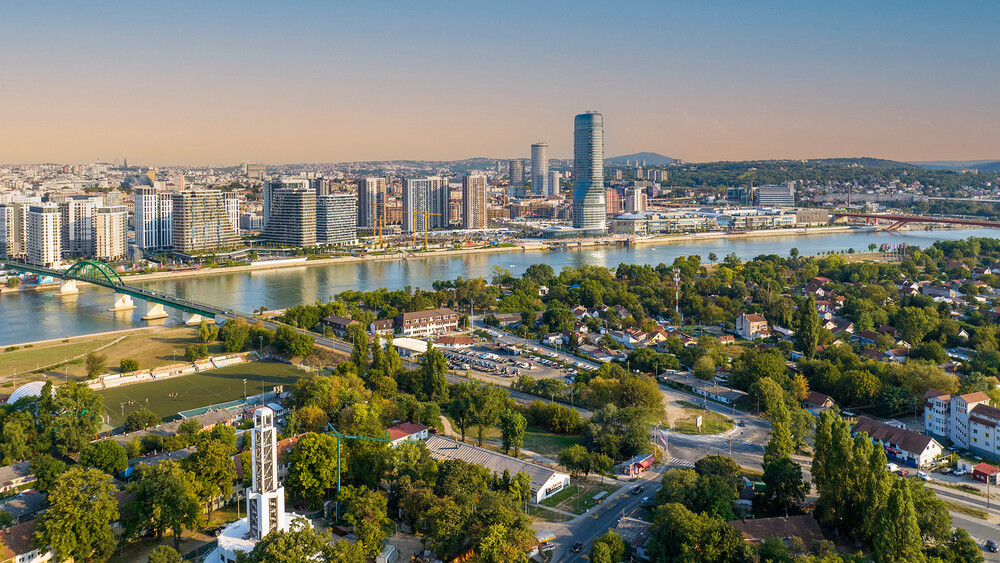Origin of Its Name
With an area of 360 square kilometers and a population exceeding 1.3 million, Belgrade is the largest city in Serbia.
Its significance also played a role from 1918 to 1941 when it was the capital of the Kingdom of Serbs, Croats, and Slovenes.
It maintained its status during the existence of former Yugoslavia from 1945 to 1992. The name of the city is also close to the Czech language, so it's not surprising that Belgrade literally means "White City."
The name first appears in the year 878 AD when the Pope wrote a letter to the Bulgarian Tsar Boris. Belgrade evidently got its name from the white sandstone fortifications that carefully surrounded the city in the past.
History of Belgrade
Because Belgrade is located at the confluence of two important rivers, the Danube and Sava, it had its key role already during the time of the Celts, who built a settlement here.
The Romans later named it Singidunum and significantly expanded the city to anchor their river fleet.
In the sixth century, Belgrade became part of the Byzantine Empire until it was eventually occupied by the Slavs.
Places to Visit
Belgrade is a city with unforgettable architecture, both historical and relatively modern.
We have three tips for places you should definitely visit when you find yourself in Belgrade.
-
Belgrade Fortress
One of the oldest landmarks in Belgrade dates back to the 2nd century AD, built by the ancient Romans.
You will find the original Roman well, Turkish baths, bastion buildings, towers, and gates. -
Jevremovac Botanical Garden
A beautiful botanical garden located in the very center of Belgrade is an oasis in the middle of a busy metropolis. You will find it in the historic district of Stari Grad.
-
Genex Tower
If you are lovers of functionalism and massive concrete buildings, be sure to visit the Novi Beograd district.
Among tons of reinforced concrete, you will find the giant, 119-meter-high double skyscraper Genex Tower, whose towers are connected by a bridge at the top. It is possible to rent accommodation here.

